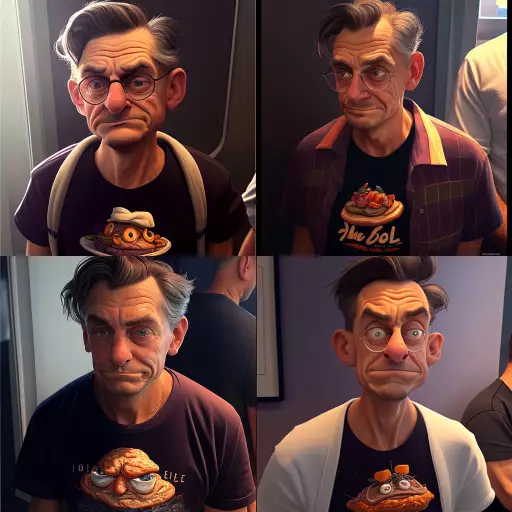Explore the Best AI Image Gallery

Capturing the Future: AI in Product Photographys Impact on the Creative Industry
The realm of product photography has always been a delicate balance between technical precision and artistic vision. Products need to be presented in an appealing, accurate, and compelling way to entice consumers. But with the rise of artificial intelligence (AI), this landscape is undergoing a dramatic shift. AI-powered tools are revolutionizing how products are photographed, offering unprecedented capabilities that are reshaping the creative industry.
Revolutionizing Product Photography
AI is bringing about a transformation in product photography by automating many tasks traditionally handled manually. This includes:
- Image Generation: AI algorithms can generate realistic and unique product images from scratch, eliminating the need for physical shoots in some cases.
- Style Transfer: AI can apply different artistic styles to existing product photos, allowing for creative variations and personalized aesthetics.
- Background Removal and Replacement: AI can automatically isolate products from their backgrounds, enabling seamless integration into diverse settings.
- Image Enhancement: AI algorithms can enhance image quality by adjusting lighting, color balance, and sharpness, resulting in visually stunning product representations.
Unlocking Creative Potential
Beyond automation, AI empowers creatives to explore new frontiers in product photography:
- Personalized Experiences: AI can tailor product images to individual customer preferences, creating unique and engaging visual experiences.
- Interactive Storytelling: AI-powered tools can generate dynamic product visuals that respond to user interactions, fostering immersive brand narratives.
- Virtual Try-On: AI enables realistic virtual try-on experiences for apparel and accessories, allowing customers to visualize products on themselves before purchase.
Ethical Considerations
While AI offers immense potential, it also raises important ethical considerations:
- Bias and Fairness: AI algorithms can inherit biases present in the training data, potentially leading to discriminatory or unfair representations of products.
- Job Displacement: The automation capabilities of AI may lead to job losses in the photography industry.
- Authenticity and Transparency: Consumers should be informed when AI is used to create product images to ensure transparency and build trust.
Future Trends
The future of AI in product photography is brimming with possibilities:
- Hyper-Personalization: AI will enable even more personalized product imagery, catering to individual customer tastes and preferences on a granular level.
- Enhanced Realism: Advances in AI will create product images that are indistinguishable from real-world photographs, blurring the lines between reality and virtuality.
- Predictive Analytics: AI can analyze consumer behavior and predict product trends, guiding creative decisions and informing future product designs.
Conclusion
AI is poised to revolutionize product photography, empowering creatives with powerful tools while presenting both opportunities and challenges. By embracing ethical considerations and fostering responsible innovation, we can harness the transformative power of AI to create a more compelling and engaging visual landscape for the future.